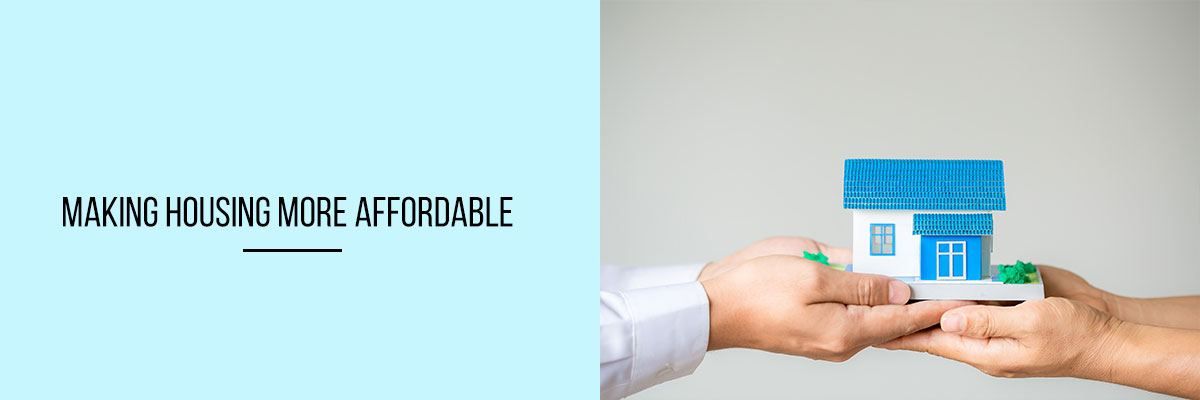Since the Fair Housing Act came into existence in 1968 to fight racial discrimination in renting and selling of dwelling units, it has undergone a number of additions in view of prevailing situations. On the fiftieth anniversary of the act, policymakers are beset with a new problem – the lack of affordable housing. They are now devising ways to further reduce residential segregation and racial discrimination by making housing more affordable.
An Economic Fair Housing Act can put an end to exclusionary zoning of housing. Such exclusionary housing does exist and it can be taken care of only through ordinances that designate communities on the basis of economic criteria. This implies that such housing is only for those who can afford just a detached single-family home with bare minimum lot size. If builders develop apartment buildings in certain regions only it only increases both racial and economic segregation. Such segregation can impact people’s access to good schools, employment opportunities, health care, and transportation.
Exclusionary zoning of housing also makes it less affordable since it can artificially drive up prices. By putting a limit to the number of dwelling units on a given plot of land by government order, the supply of dwelling units get restricted and this drives up the prices making the units costly. This is just a basic law of demand and supply, but it makes housing less affordable. Such an increase in prices in Government-sponsored housing is deeply troubling and this has given rise to one of the worst affordable housing crisis in the USA.
That exclusionary ordinances and zoning make housing expensive has been established and states have come up with bills to restrict exclusionary housing. California has already come up with its own bill to curtail exclusionary housing practices in fair housing. The aim of this bill is to end the shortage of dwelling units and create millions of new homes. This itself can bring down the prices and make housing more affordable.
According to estimates a family spending more than 30% of household income on rent is costly for them. In that perspective, the current scenario is grave since the HUD has come out with a figure that states that about 12 million households in the USA ay more than 50% of their household income to pay for rent. This has resulted in a widening of the wage-rent gap and has lead to stagnation in the low-income housing growth.
Eligibility For Low-Income Housing
The HUD considers the median wage to determine eligibility for low-income housing. It has focused on three low-income levels of housing eligibility. This is based on the household size as well as the percentage difference with the median income in the area.
Fair housing law states that a public housing agency has to provide 75% of its vouchers to people whose household income is within 30% of the median income of that given area.
Conclusion
Even in such a bleak scenario for affordable housing, there are some affordable housing unit opportunities in some states and territories. This is based not just on the income of applicants, but also on the unemployment rate and cost of living in that area.


